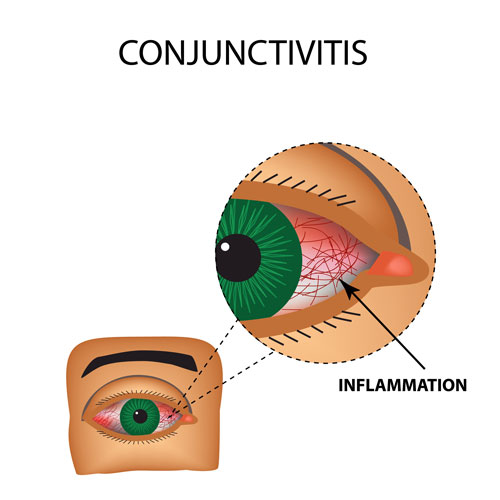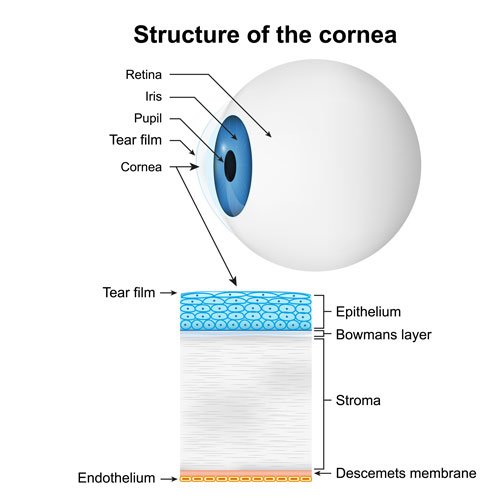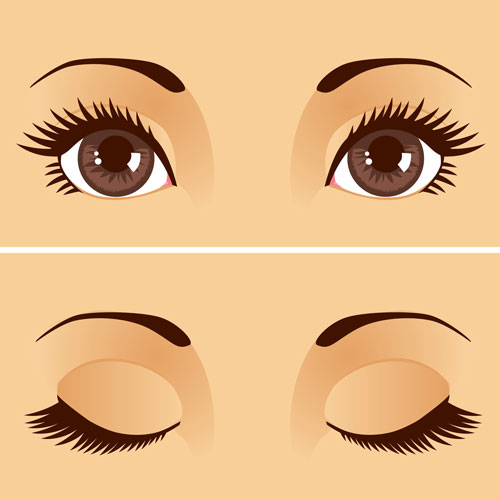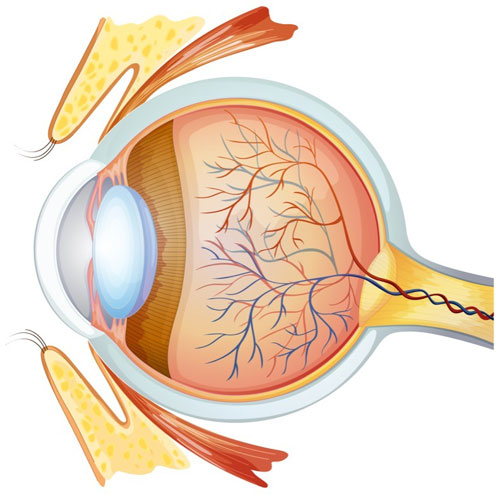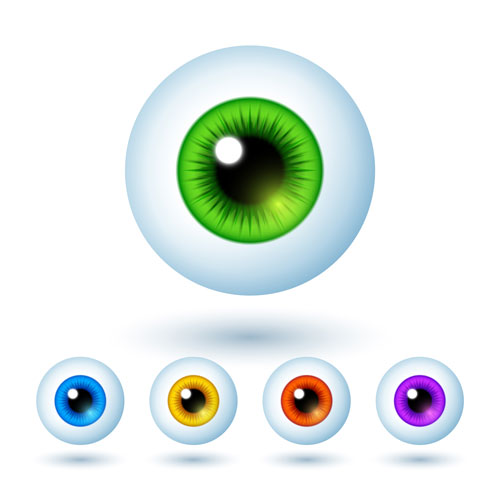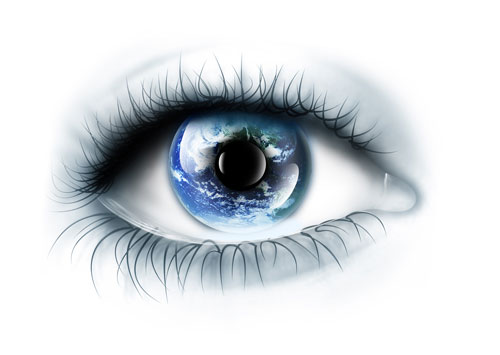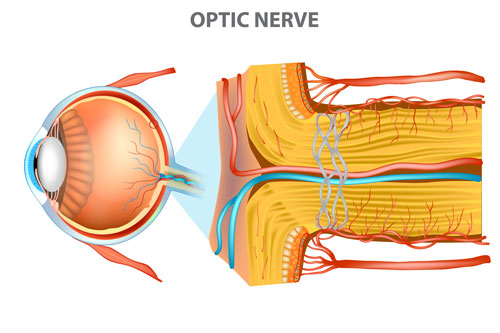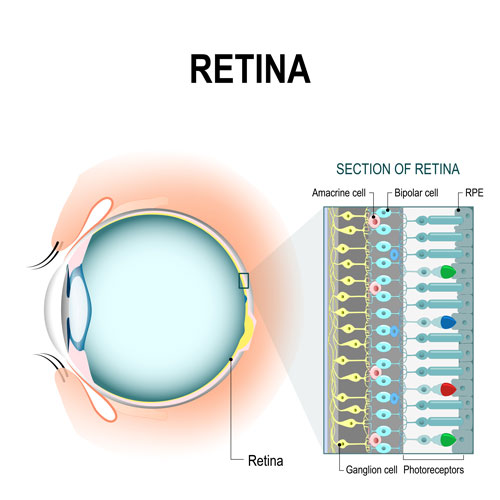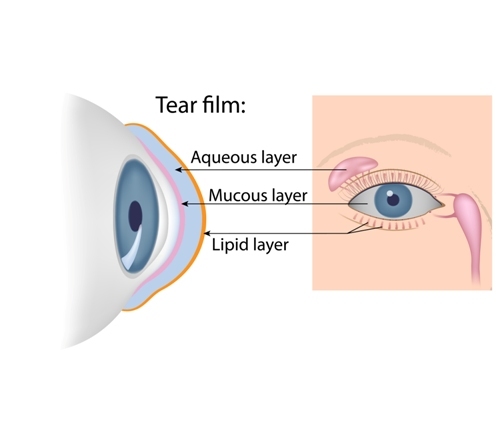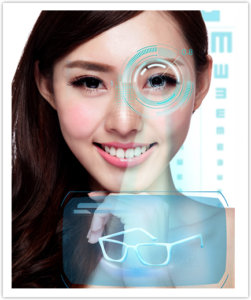How your eyes work
|
The eye is one of nature’s complex wonders. It is a specialized sense organ that reacts to light, processes it and then transmits information to the brain. |
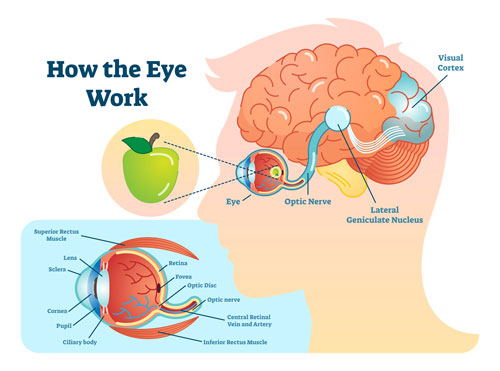 |
Conjunctiva
Cornea
Eyelid and Eyelashes
Orbit
Pupil
Iris
Optic Nerve
Retina
Tear film
Other Terms:
Dry eye
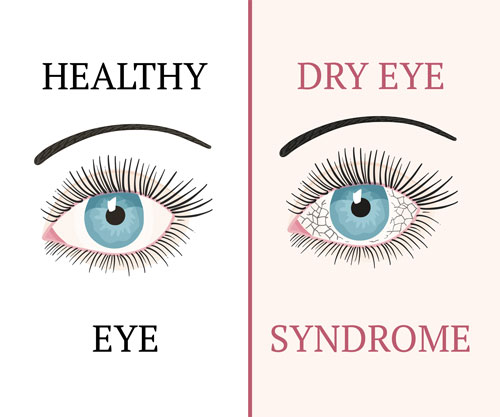
A syndrome characterised by corneal dryness due to deficient tear production.
Keratoconus
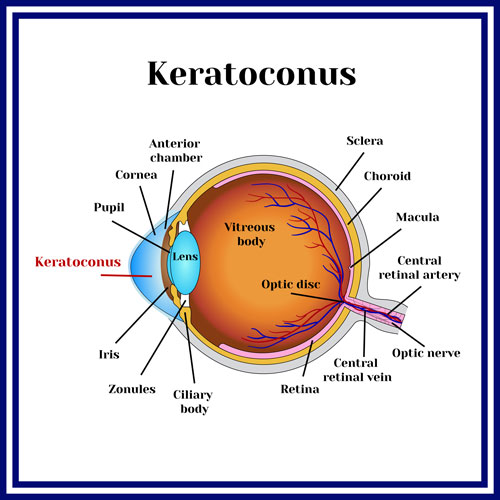
A rare inherited condition of the cornea in which the cornea is steepened to the point of being cone-shaped. Keratoconus is a form of Ectasia.
Under-correction
The result achieved when desired change in refractive error is not fully achieved.
Cataract
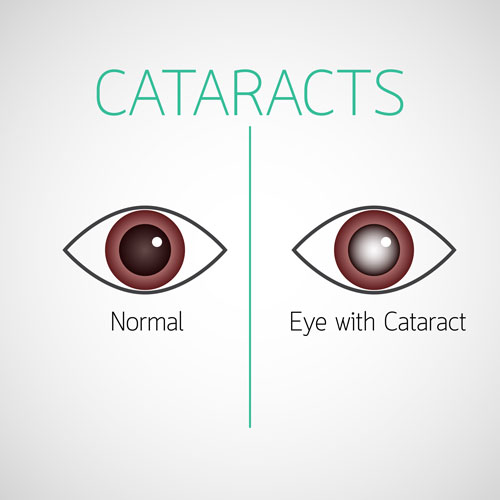
A cataract is a clouding of the lens in the eye. Vision with cataract can appear cloudy or blurry, colors may seem faded and you may notice a lot of glare.
Glaucoma
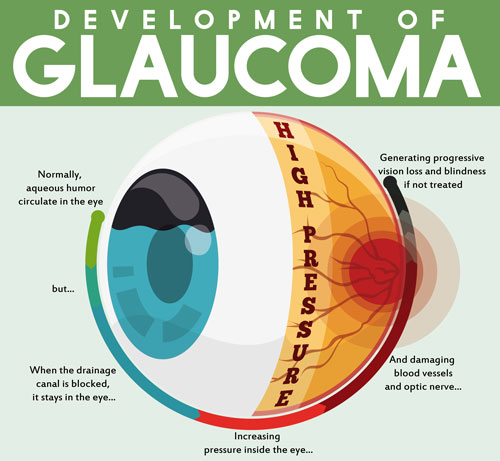
Glaucoma is a group of diseases that can damage the eye’s optic nerve and result in vision loss and blindness. It is usually associated with high pressure in the eye and affects side or peripheral vision.

